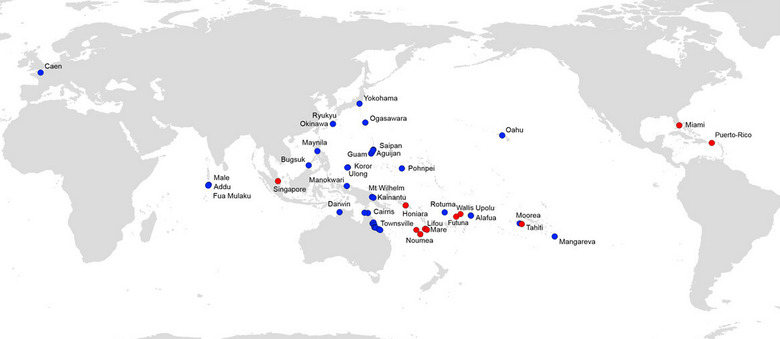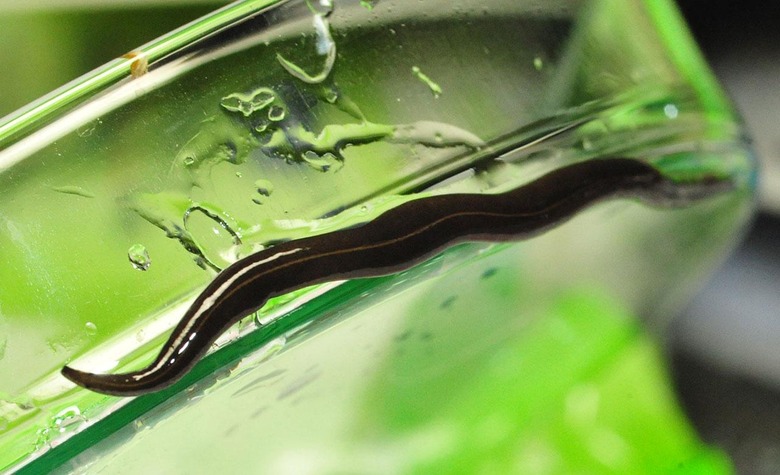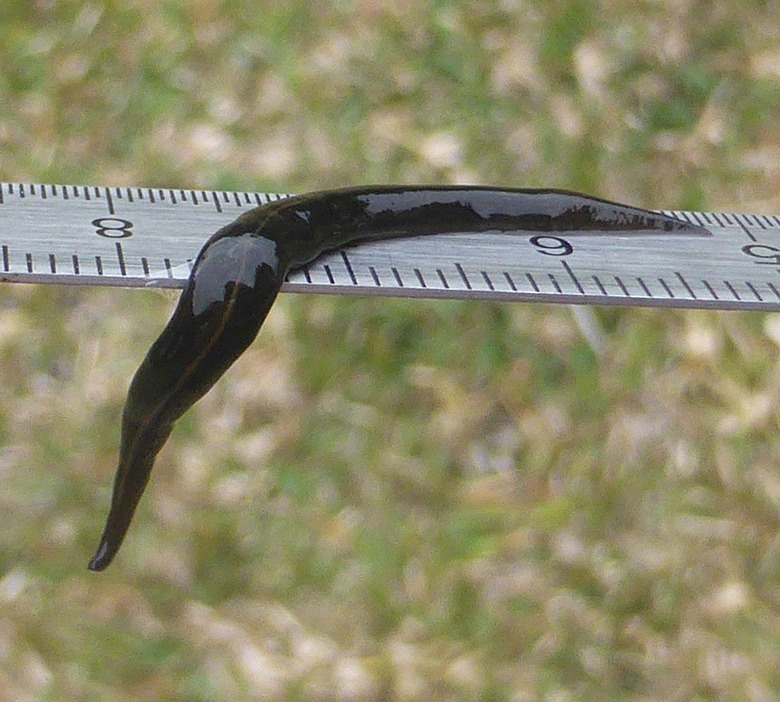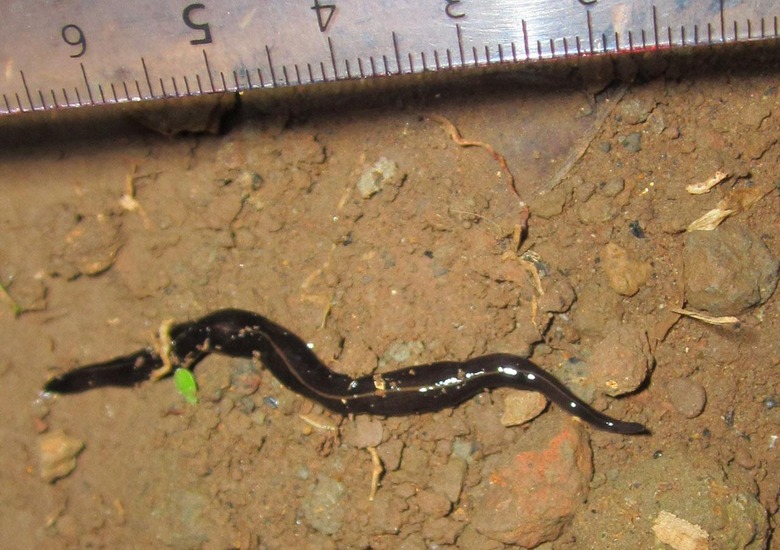Carniverous New Guinea Flatworm Invades United States
Slimy slug-eating New Guinea flatworm appears in Florida in good position to prepare invasion of the rest of the United States. This is the first time on record this creature has been spotted inside the United States in the wild, and it's certainly not welcome. At just around 2-inches long at full length, the New Guinea isn't just nasty to behold, it's a menace to food chains it invades. Below you're going to see this worm. If you see this worm in real life, report it immediately.
This is an invasive species. This is not the kind of worm you want living in your garden. In fact, if a New Guinea flatworm appeared in your garden, you'd soon find your plants growing less fruitful. The New Guinea flatworm eats the creatures that help your plants grow – slugs and earthworms.
On the flip side, the New Guinea flatworm's natural defense mechanism prevents it from being eaten. It tastes bitter. Bad-tasting animals rarely get eaten in large numbers.
In the United States the New Guinea flatworm has no natural predators.
This isn't the only place in the world where this creature has turned up recently. It's also appeared in New Caledonia (including mainland and two of the Loyalty Islands, Lifou and Maré), Wallis and Futuna Islands, Singapore, Solomon Islands, and Puerto Rico.
Scientists lead by Jean-Lou Justine have tracked this creature's spread across the world. In the map you're about to see, the New Guinea flatworm (Platydemus manokwari)'s distribution is shown.
The blue shows all available records previously published of the appearance of the worm in the world. Red markers show where this newest study have found the worm to have spread.

ABOVE: Figure 7: Platydemus manokwari, map of distribution records. Blue: previous records (Justine et al., 2014); Red: new records reported in this paper. 10.7717/peerj.1037/fig-7
Reports of the worm appearing in both Florida and Puerto Rico are the first the animal has been confirmed living in the United States. The same is true of the worm being inside the American continent and the Caribbean.
This spread is unprecedented.
"While most of the infected territories reported until now were islands," says the report, "the newly reported presence of the species in mainland US in Florida should be considered a potential major threat to the whole US and even the Americas."
Below you'll see the worm in several images provided by the authors of the report and the photographers cited.

Figure 1: Platydemus manokwari in Coral Gables, Florida, USA. Photograph by Makiri Sei. DOI: 10.7717/peerj.1037/fig-1

Figure 2: Platydemus manokwari in Singapore. Photograph by Andrew Wee Kien Han. DOI: 10.7717/peerj.1037/fig-2

Figure 3: Platydemus manokwari in Nouméa, New Caledonia. Photograph by Claire Goiran. Scale: cm and mm. DOI: 10.7717/peerj.1037/fig-3

Figure 4: Platydemus manokwari in Fa'a'ā, Tahiti, French Polynesia. Photograph by Jonas Fernandez. Scale: cm and mm. DOI: 10.7717/peerj.1037/fig-4
The New Guinea flatworm is a member of the 100 "world's worst" invasive species according to the ISSG – the Invasive Species Specialist Group.

Don't let the website or the cute tiny mouse logo fool you, they mean business.
The following are methods for dispersal according to the ISSG:
• Hikers' clothes/boots: Platydemus manokwari can readily be transported by soil on boots (Okochi et al. 2004)
• People foraging
• Translocation of machinery/equipment (local)
• Transportation of habitat material (local)
Introduction pathways to new locations
• Biological control: (Platydemus manokwari has been used as a biological control agent for the giant African snail.)
• Ignorant possession: Nursery trade, Movement of ornamental plants, potted plants, and other materials with soil.
• People sharing resources Translocation of machinery/equipment, Transportation of habitat material
The ISSG suggests that hot water treatment could be used to destroy the worm. A water temperature of (=43°C) would be needed to kill the New Guinea Flatworm, but we recommend that you contact your local animal control authorities before you try anything drastic.
You can learn more about this newest invasion in the paper "The invasive land planarian Platydemus manokwari (Platyhelminthes, Geoplanidae): records from six new localities, including the first in the USA" by authors Jean-Lou Justine, Leigh Winsor, Patrick Barrière, Crispus Fanai, Delphine Gey, Andrew Wee Kien Han, Giomara La Quay-Velázquez, Benjamin Paul Yi-Hann Lee, Jean-Marc Lefevre, Jean-Yves Meyer, David Philippart, David G. Robinson, Jessica Thévenot, and Francis Tsatsia. This paper can be found on PeerJ under code 10.7717/peerj.1037.
